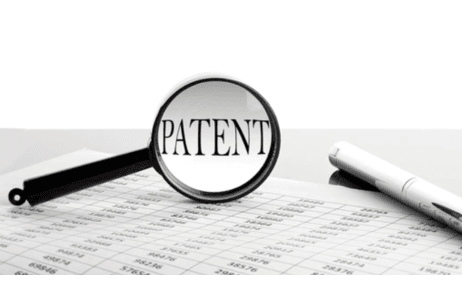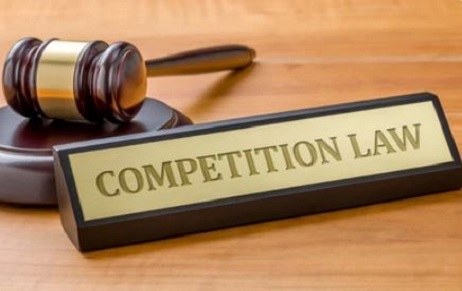Introduction In the realm of obtaining a patent right, conducting a ‘novelty search’ stands as…
Vacation of injunction upon invalidation of patent by USPTO ePlus. v. Lawson Software
In a recent judgment, The U.S. Court of Appeals for the Federal Circuit on July 25, 2014, vacated the U.S. District Court’s decision on injunction and contempt orders against Lawson Software and instructed the lower court to dismiss the patent litigation case brought by ePlus, Inc. This decision mainly pertains to two main issues. Firstly, whether an injunction can continue after the USPTO has canceled the only claim on which the injunction was based. Secondly, whether the civil contempt remedies based on the violation of an injunction are appropriate when the injunction itself has been overturned on direct appeal.
Background of the case:
ePlus, Inc., an IT assets selling and financing company, and assignee of U.S. Patent Nos. 6,023,683 (”683 patent hereinafter) and 6,505,172 (”172 patent hereinafter), sued Lawson Software, Inc. (“Lawson”) for infringement in the year 2009 in a district court. The district court found two of the asserted system claims and three of the asserted method claims not invalid, and a jury found that Lawson infringed those claims. The defendant then appealed in the Court of Appeals for the Federal Circuit (CAFC) where it was decided that the two asserted system claims (claim 1 of the ′172 patent and claim 3 of the ′683 patent) were invalid and that two of the three asserted method claims (claims 28 and 29 of the ′683 patent) were not infringed.
It further affirmed infringement of method claim 26. So CAFC remanded the district court to consider what changes are required to the terms of the injunction, consistent with the opinion. On remand, in addition to reconsidering the injunction, the district court also instituted contempt proceedings for the reason that Lawson had redesigned its software against which the injunction order was passed. The district court held Lawson in contempt for violating the injunction, finding that the redesigned products were no more than colorably different. The court ordered Lawson to pay a compensatory fine of $18,167,950 and coercive daily fines of $62,362 until it could show compliance with the injunction. Thus being aggrieved by such order, Lawson appealed the district court’s modified injunction and contempt order in CAFC.In the meantime during the proceeding of the validity of the said patent claim, USPTO held Claim 26 as invalid during the reexamination procedure. Armed with the UPSTO decision the defendant Lawson Inc. further appealed in CAFC against the decision given by the district court on injunction and contempt of court.
Decisions are given by CAFC
Issue 1
Whether the district court’s modified injunction against Lawson must be set aside now that the USPTO has canceled the patent claim on which it is based.
It is a well-established principle of law that an injunction must be set aside when the legal basis for it has ceased to exist. Citing the case of Mendenhall v. Barber–Greene Co. the court recognized that upholding injunctions would be “anomalous in the extreme in connection with patents this court has just held invalid.” Under these authorities, there is no longer any legal basis to enjoin Lawson’s conduct based on rights that claim 26 of the ′683 patent previously conferred as those rights have ceased to exist. Since USPTO found claim 26 invalids, claim 26 no longer conferred any rights that support an injunction against infringement. Hence cancellation of claim 26 by the USPTO required vacation of the injunction.
Issue 2
Whether the civil contempt remedies based on the violation of an injunction are appropriate when the injunction has been overturned on direct appeal?
It was held that the case is not distinguishable on the ground that the injunction has been set aside as the result of the USPTO proceeding rather than a court judgment. Citing the case of Fresenius USA, Inc. v. Baxter International, Inc. where it was held that a non-final money judgment of damages for infringement must be set aside where the judgment rested on a patent claim that the USPTO later canceled. It was held that the cancellation of a patent requires that non-final judgments be set aside because the “canceled claims are void ab initio,” Similarly, relying on these underlined principles the civil contempt sanctions, in this case, must be set aside.
There would not have been any need to decide about the survival of the civil contempt sanctions in case the injunction had been final at the time the district court imposed civil contempt sanctions. Pertinently, the injunction here was not final even though claim 26 had been held infringed. The court unanimously held in Fresenius that even if the court has rejected an invalidity defense to infringement, an “intervening decision invalidating the patents unquestionably applies” as long as “the judgment in [the present] litigation is not final.” In Fresenius, the federal court had previously reviewed the district court’s rulings on infringement and invalidity and remanded the case to the district court to determine the scope of damages and injunctive relief. When reviewing the judgment reached by the district court on remand, the federal court held that the original district court judgment, while “final for purposes of appeal was not sufficiently final to preclude application of the intervening judgment” that led to the cancellation of the patent. It was concluded that the compensatory award for the violation of the injunction must be set aside in light of the cancellation of claim 26. Finally, the CAFC remanded the lower court with instructions to dismiss.
Conclusion:
Thus it can be concluded that the decision is based on the valid principles of law that when the main subject matter i.e. Claim 26 is itself void ab initio then the order of injunction and the civil contempt to protect such claim cannot exist or say continue to exist and needed to be set aside. Thus the validity of any patent claims per se plays the utmost importance in order to determine the rights and liabilities of the parties to the dispute.
About the Author: Mr. Sitanshu Singh, Patent Associate at Khurana & Khurana and can be reached at [email protected]



